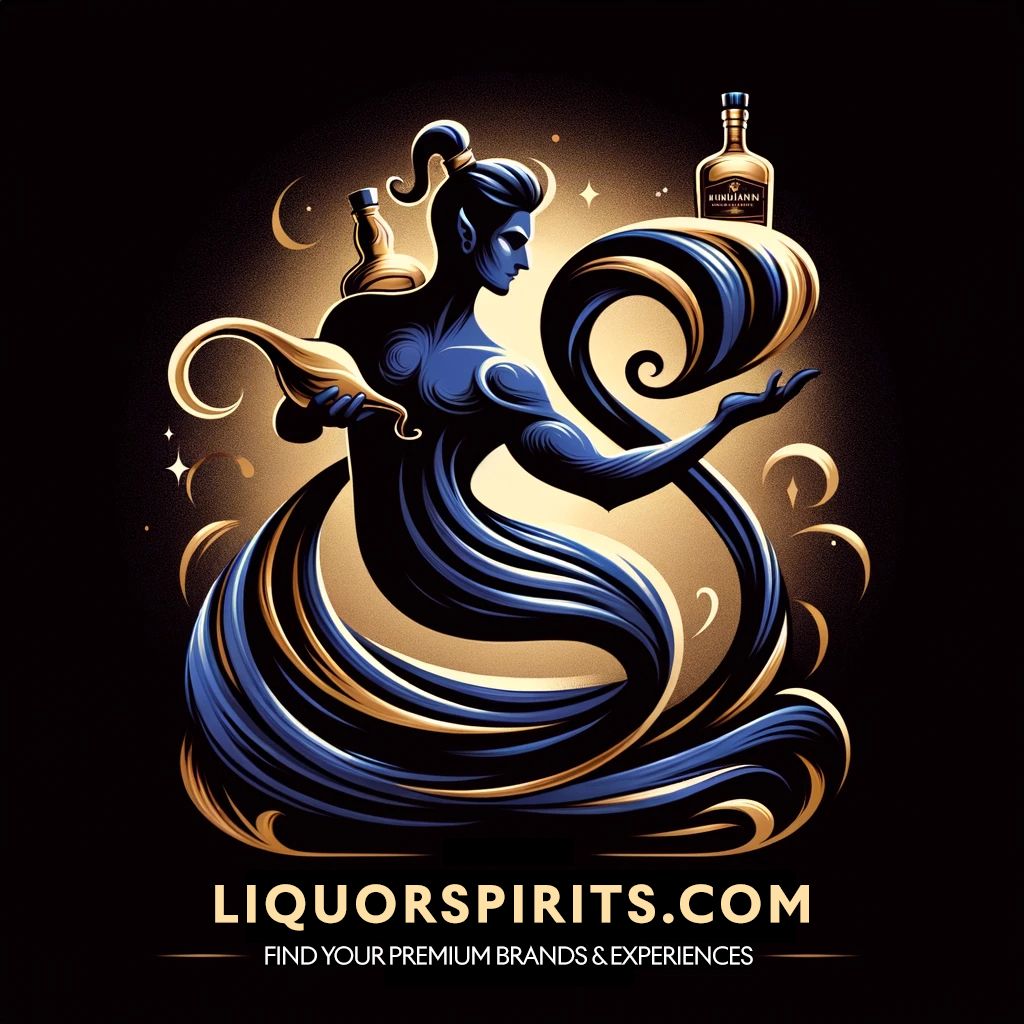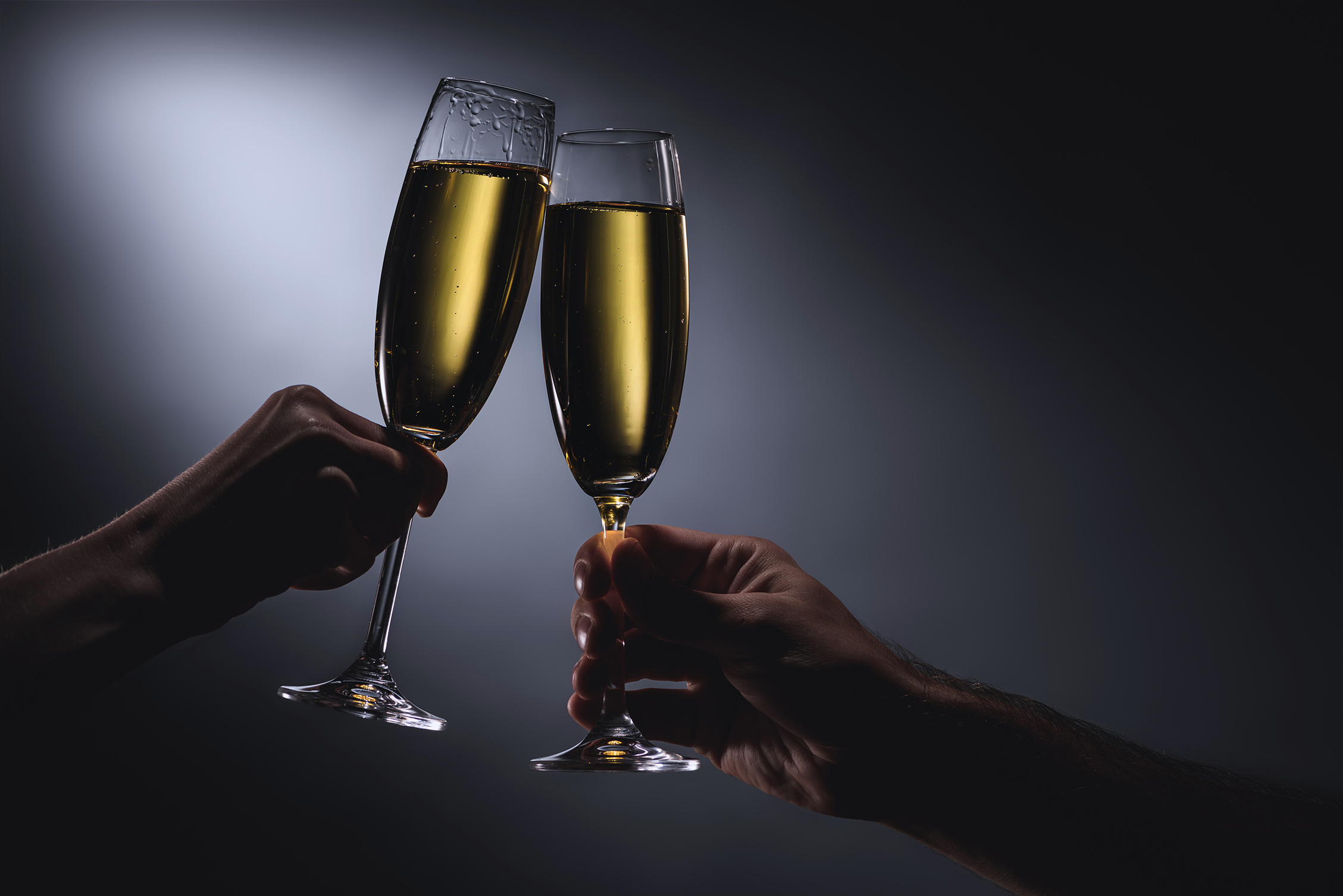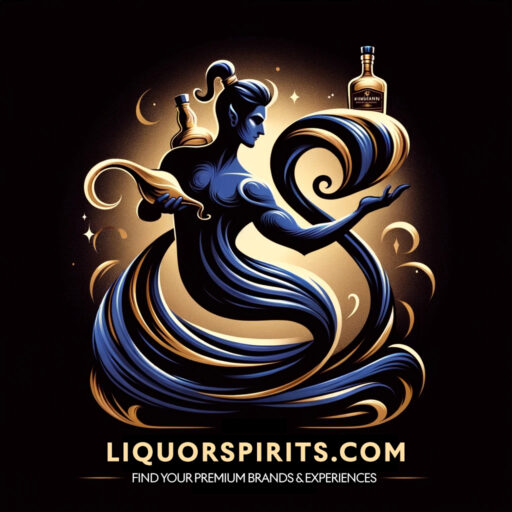Elevating High-End Dining Experiences
Champagne, often synonymous with celebration and sophistication, is a versatile partner for a variety of dishes, transcending its traditional role as a standalone aperitif. The right champagne pairing can enhance the flavor profiles of both the beverage and the meal, turning a high-end dinner into a truly extraordinary experience. This guide will help you choose the perfect champagne to complement different courses and occasions.
Aperitif: Starting the Evening
Light and Dry Champagnes
For starting the meal, a light and dry champagne, such as a Brut Nature or Extra Brut, is ideal. These champagnes cleanse the palate and awaken the taste buds without overwhelming them, preparing guests for the culinary journey ahead.
- Example Pairing: Brut Nature with fresh oysters or simple canapés.
Starter Courses: Versatile Pairings
Seafood Starters
The crisp acidity and subtle minerality of a Blanc de Blancs, made exclusively from Chardonnay grapes, make it a perfect match for seafood. Its lightness complements the delicate flavors of shellfish and fish tartare.
- Example Pairing: Blanc de Blancs with scallop ceviche or shrimp cocktail.
Vegetarian Dishes
For vegetable-based starters, a Brut Champagne that offers a balance of freshness and body can enhance the natural flavors of the vegetables without overpowering them.
- Example Pairing: Brut Champagne with an avocado and grapefruit salad.
Main Courses: Complexity and Depth
Poultry and Pork
Champagnes with a higher proportion of Pinot Noir, such as a Vintage Brut, offer the structure and depth needed to pair with white meats. These champagnes provide a harmonious balance to dishes that have a creamy or buttery richness.
- Example Pairing: Vintage Brut with roasted chicken or duck breast in a citrus glaze.
Rich Fish and Seafood
Full-bodied champagnes, like a Prestige Cuvée or an aged Vintage Champagne, can stand up to richer fish dishes such as lobster thermidor or salmon in a creamy sauce.
- Example Pairing: Prestige Cuvée with lobster thermidor.
Dessert Courses: Sweet Harmony
Fruit-Based Desserts
A Demi-Sec or Sec champagne, which is slightly sweeter, complements desserts that are less sweet, such as fruit tarts or sorbets. The sweetness in the champagne brings out the fruit flavors without overpowering them.
- Example Pairing: Demi-Sec with a fresh berry tart.
Rich Desserts
For decadent, sweet desserts like chocolate fondue or crème brûlée, a Rosé Champagne can be delightful. Its notes of red berries and a subtle richness can complement the intensity of the dessert.
- Example Pairing: Rosé Champagne with chocolate fondue.
Special Occasions: Unique and Rare Champagnes
For truly special occasions, opt for rare or unique champagnes. A well-aged Grand Cru Champagne or a rare Cuvée from a notable vintage can transform an already special event into a memorable milestone. These selections not only offer exceptional quality and depth but also carry a sense of exclusivity and celebration.
- Example Pairing: Grand Cru Champagne with a gourmet tasting menu.
Conclusion
Champagne’s versatility makes it an exquisite companion to a wide range of dishes across all courses of a high-end meal. By carefully selecting champagnes that complement the specific flavors and richness of each dish, you can elevate a fine dining experience into a harmonious symphony of tastes. Whether it’s a light starter or a rich main, there’s a champagne to enhance every dish and delight every palate.






